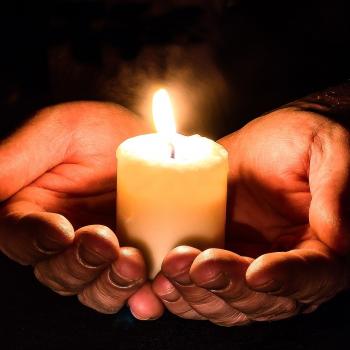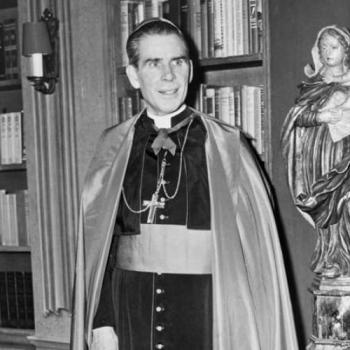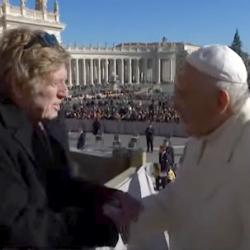So, this just happened, an interview I did with America not long ago has been published. Here’s some of what I had to say to Sean Salai, S.J.:
Next summer will mark 50 years since Pope Paul VI restored the diaconate as a permanent ministry in Roman Catholicism on June 18, 1967, which he did on the recommendation of the council fathers at the Second Vatican Council. As a permanent deacon yourself, how do you assess the success of this restoration and the status of diaconal ministry in the Western Church today?
Rocco Palmo has called the restored diaconate one of the great success stories of Vatican II—and I don’t disagree! I saw some statistics a few years ago that showed that the diaconate is the only religious vocation that is actually growing, and if you look at the numbers in the United States alone, it’s been phenomenal. We’re still relatively new—50 years in the life of the church is barely a blip on the radar screen—and I know there are still priests and bishops (and laity!) who are getting used to the idea of deacons and figuring out how best to put us to use. But we’ve come a long way in a short time. The Holy Spirit hasn’t been idle. One great sign: there are many priests being ordained today who are sons of deacons or who grew up with deacons in their home parish. They “get” the diaconate and instinctively understand what this vocation is all about.
Thanks to Paul VI’s restoration, we now have transitional deacons who are celibate men ordained for a fixed period prior to the priesthood and permanent deacons (often married men) who do not advance to priestly orders. In your experience, what are some similarities and differences between these two forms of the Roman Rite diaconate today?
Well, as blogger Fr. John Zuhlsdorf likes to say, “A deacon is a deacon is a deacon.” And he’s right. Technically, there’s really no difference between a transitional deacon and a permanent deacon. What changes, though, is what the men bring to their ministry. Transitional deacons are usually younger and, as you mentioned, are preparing for ordination to the priesthood. They’re looking at the diaconate as a step and thinking about it in a larger context. Permanent deacons, though, never aspire to be anything more than “just a deacon.” And we live out our ministry in the context of a job, marriage, family and so on. Many permanent deacons are also older—most are in their 50s and 60s when they’re ordained—and so they have all this life experience that they bring to their ministry. That informs how they minister, how they preach; it gives a different context. Also, since he lives and works in the community he serves, the permanent deacon is usually perceived differently by the people in the pews—and that’s as it should be! He can serve as the eyes and ears for the bishop or pastor—and as a voice for the people.
There’s a lot more, on topics ranging from highlights of my ministry to the toughest challenge I’ve faced and how the diaconate has influenced my faith. Check it out.
Image: Wikipedia












